Fescue Foot In Cattle Treatment
Fescue foot in cattle treatment. Simply placing them on another fescue pasture may help. At this point a topical treatment of your choice should be applied. Treatment of foot rot is usually successful especially when caught and started early in the disease course.
Low moisture supplement products especially those containing the modified glucomannan additive can significantly help producers in the fescue belt address the nutritional challenges of low-quality fescue forages. Therefore adequate dietary zinc should be provided to help minimize foot rot and other types of lameness. Researchers in other states report a residual effect of toxicity suggesting that rotating off of tall fescue for only one to two weeks will not greatly reduce summer slump.
Treating fescue foot The best treatment for fescue foot is to remove the affected animals immediately from the pasture. Aside from the nitrogen fixingfertilizer sparing function clover is beneficial as it dilutes the consumption of fescue during the most critical period. Several factors worsen fescue toxicosis causing fescue foot Roberts says.
Treating fescue foot The best treatment for fescue foot is to remove the affected animals immediately from the pasture. While there is no true fescue toxicosis treatment for cattle there are ways to mitigate the challenges that fescue presents through management nutrition and feed additives. Simply placing them on another fescue pasture may help.
Most other products on the market target symptoms that appear after fescue toxicity has already affected the animal. After moving cattle should remain off of infected tall fescue for the entire summer. Fescue foot in cattle treatment.
Fescue foot should be. In research cattle grazing fescue and supplemented with Fescue EMT Mineral Defense gained an additional 015 pound per day compared to control groups. Since fescue sensitivity does affect some cattle more than others Cole says breeders should keep track of those animals in their data books.
That is during the hottest of weather clover grows most vigorously. Cattle with heavy parasite burdens are also more likely to experience problems and a good deworming program will help reduce the incidence of the condition.
Treating fescue foot The best treatment for fescue foot is to remove the affected animals immediately from the pasture.
Treatment of foot rot is usually successful especially when caught and started early in the disease course. Simply placing them on another fescue pasture may help. Treating fescue foot The best treatment for fescue foot is to remove the affected animals immediately from the pasture. Unfortunately a lush field of grass isnt always available. That is during the hottest of weather clover grows most vigorously. When cattle are moderately to severely deficient in dietary zinc supplemental zinc may reduce the incidence of foot rot. Dilute infected Kentucky 31 tall fescue. Treatment of foot rot is usually successful especially when caught and started early in the disease course. Low moisture supplement products especially those containing the modified glucomannan additive can significantly help producers in the fescue belt address the nutritional challenges of low-quality fescue forages.
Treating fescue foot The best treatment for fescue foot is to remove the affected animals immediately from the pasture. What to do about it by Buckner Robert C. Fescue foot in cattle treatment. After moving cattle should remain off of infected tall fescue for the entire summer. The average daily gain of cattle on Fescue EMT was 30 percent higher than controls. Another choice is to confine and feed limping cows on grain and nontoxic hay. Cattle with heavy parasite burdens are also more likely to experience problems and a good deworming program will help reduce the incidence of the condition.
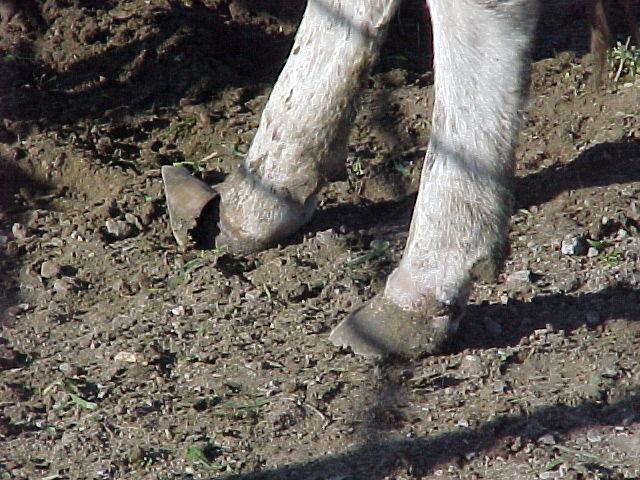
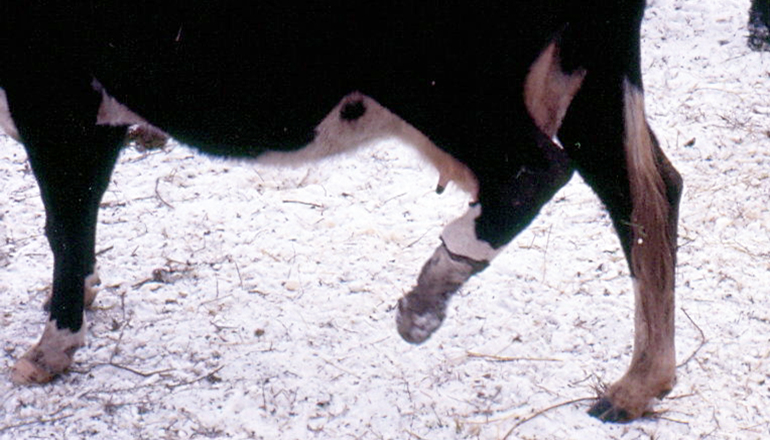













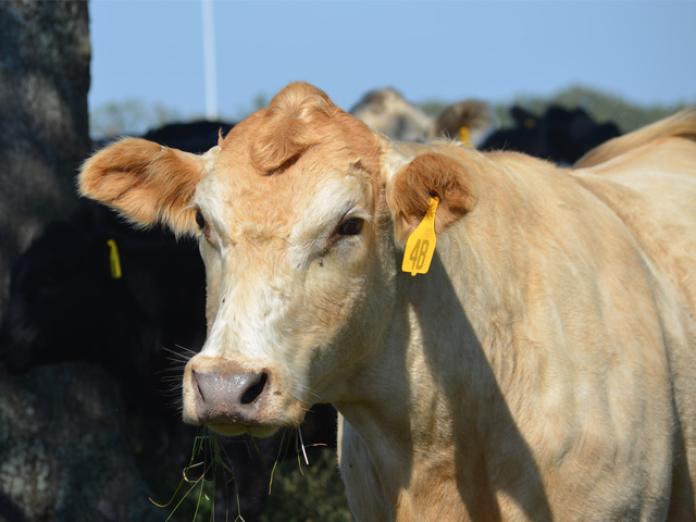



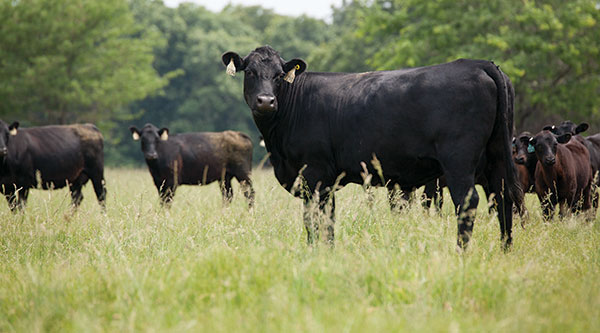




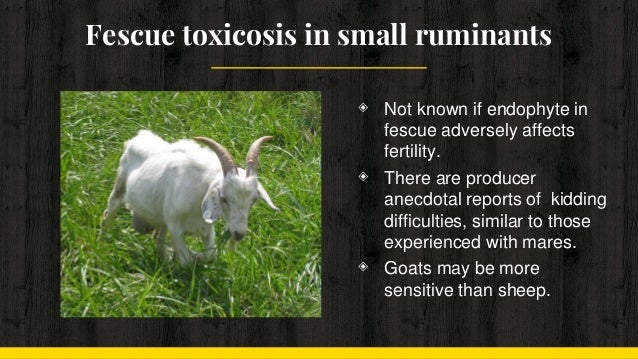
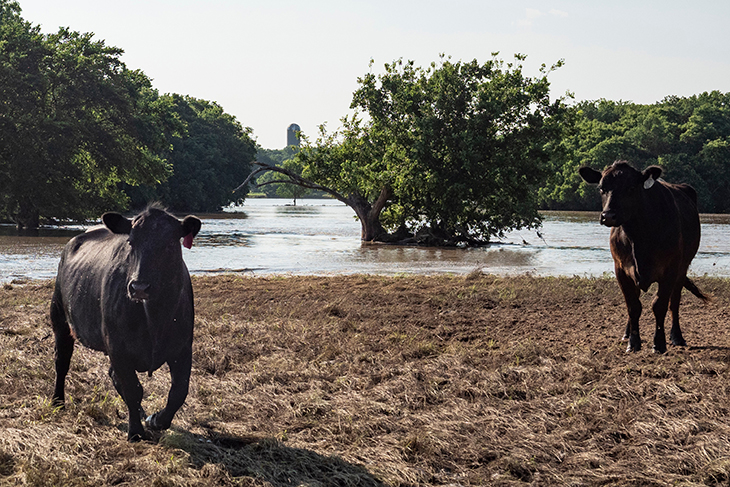

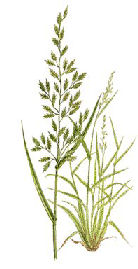

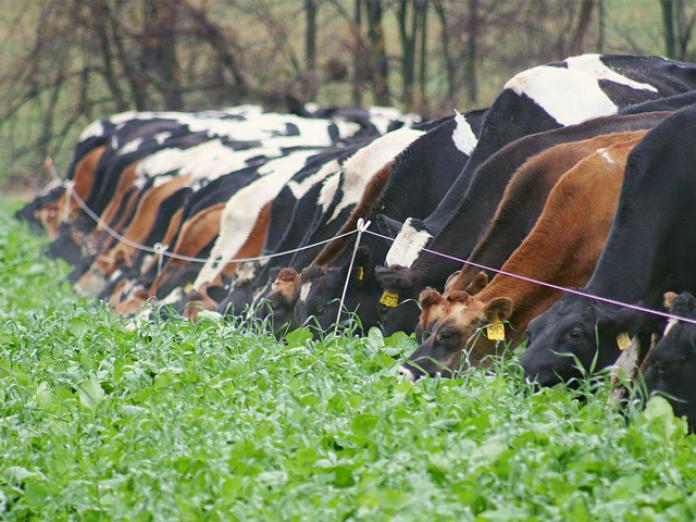
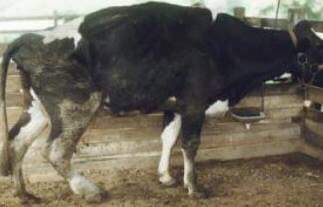


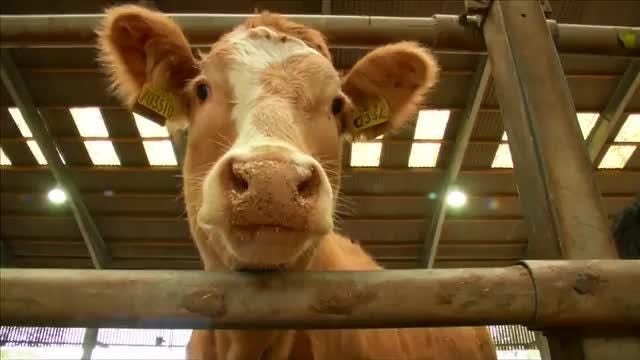









Post a Comment for "Fescue Foot In Cattle Treatment"